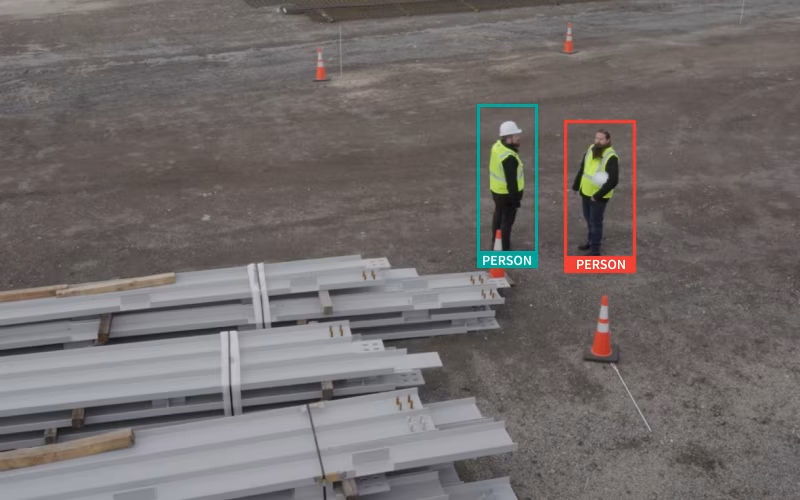CCTV Vs. IP Cameras

Learn some of the ways network cameras differ from the traditional closed-circuit ones and why it matters to your security.
Closed-circuit television, also known as CCTV, is used as a type of video surveillance. This system was the go-to for surveillance systems for years. In fact, some businesses still use their old CCTV system that was installed years ago. It makes sense. Why change out a system that works and has worked for decades? However, with the rise of internet protocol cameras, or IP cameras, CCTV systems are declining. But what is the difference? In fact, some still use the terms interchangeably. A camera is still a camera, right? Wrong. There are some drastic differences between CCTV and IP cameras.
Ultimately, the biggest difference between the old and the new is their capabilities. Every branch of technology has seen huge advancements and developments in the past decade, and video surveillance technology is no different. CCTV cameras function on old, stagnant technology. While it still works, it is hard to expand or alter and it does not employ any of the benefits of modern security. There have been advancements in every area of surveillance technology since CCTV cameras. This includes the cameras themselves, connections to the cameras, scalability of the system, viewing options, and more.
For example, one of the most noticeable differences for the end user is where the video can be viewed. A CCTV camera works just as its name implies—it is closed and works with a television or a monitor at a designated location. Normally this is a back room or security room that is physically at the business. On the other hand, video from IP cameras is connected to a network, typically through internet or cellular connectivity. According to Security Magazine, IP cameras are “digital and networked for real-time use…[they] send data over the internet or local area network to a network video recorder.” This means the cameras can be accessed anywhere in the world from a desktop, tablet, or even a smartphone depending on the type of cameras and their network configuration.
Furthermore, because of their prevalence IP cameras are now more cost advantageous over the traditional CCTV/analog systems while providing more benefits. IP systems still have costs associated with maintenance, upkeep, and updates but they are easier to integrate and scale than CCTV. In the past, infrastructure had to be torn up or altered to install the cameras. Now, IP cameras can function very simple connection or even wirelessly.
As more options, features, and benefits become accessible on the internet of things (IoT), IP systems open more opportunities. For example, license plate recognition, gunshot detection, and data collecting mechanisms can be incorporated into the security system. When combined with machine learning and analytics, IP systems can even remove some human error from surveillance by integrating live alerts with the security team.
LiveView Technologies uses IP cameras so that our system can be truly mobile. Our solution connects through cellular connectivity and solar power which allows us to put them literally anywhere. Furthermore, our systems include automated deterrence and live alerts that are triggered when the cameras detect incursions. None of this would be possible without the IP systems.



